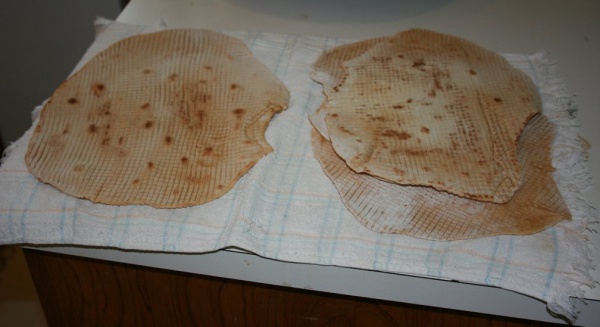Facts About Krotekake
Krotekake, a cherished traditional flatbread from Norway's Hardanger region, is also known as hardangerkaker. This delightful treat is a type of lefse, a thin pastry that can be stored for extended periods without refrigeration. Preparing krotekake transcends mere cooking—it's a social event in rural areas, often bringing together friends or family members to prepare, shape, and cook the flatbreads.
The process begins with mixing a whole-wheat yeast dough. Small dough balls are then rolled into thin rounds. These rounds acquire their distinctive appearance from a special rolling pin that embosses a cross-hatch pattern, sealing the top and bottom surfaces together. The rounds are subsequently cooked on a hot grill or in a specially designed arched oven, with no need to flip them over.
As they work, participants engage in conversation, share stories, and catch up on local news, making it a fun and communal experience. Everyone has a specific role, whether it's rolling the dough, cutting the rounds, or cooking the krotekake. This teamwork ensures a smooth workflow, making the production of these flatbreads both efficient and enjoyable.
In Hardanger, some households even have a dedicated building with a special arched oven specifically for cooking krotekake. This oven distributes heat evenly, cooking the flatbread on both sides simultaneously, so there's no need to flip them. Once cooked, the krotekake are stacked to dry and then shared among the participants.
Ultimately, making krotekake is more than just preparing food—it's a cultural tradition that reinforces community bonds and preserves regional heritage.

 Sweden
Sweden